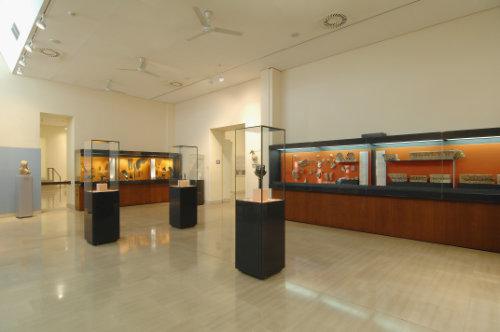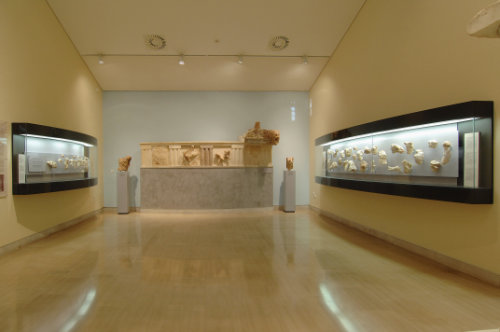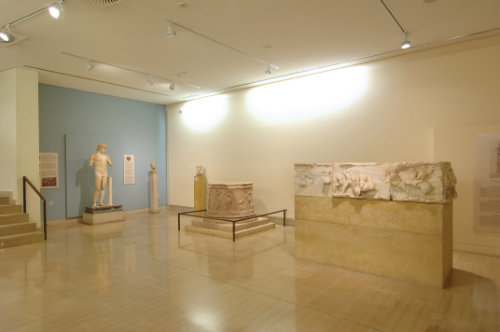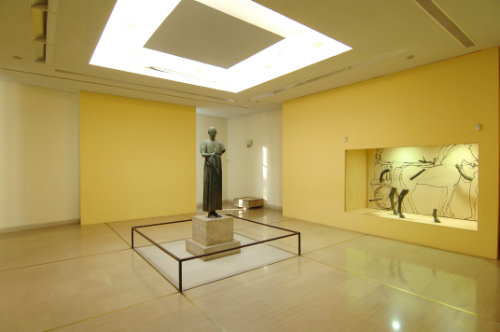Already since the early years of the Roman rule, the sanctuary of Delphi had lost its political power; as a result, its revenue and the number of important votives decreased. In the maelstrom of warfare, the site was deprived of its treasures which were transferred to Rome. However, despite the sanctuary’s decline, some Roman emperors […]










